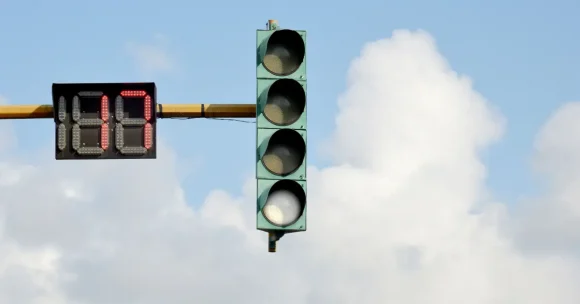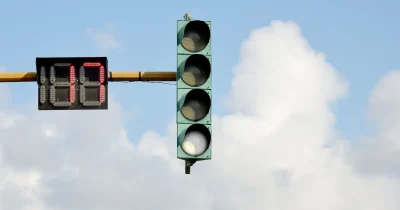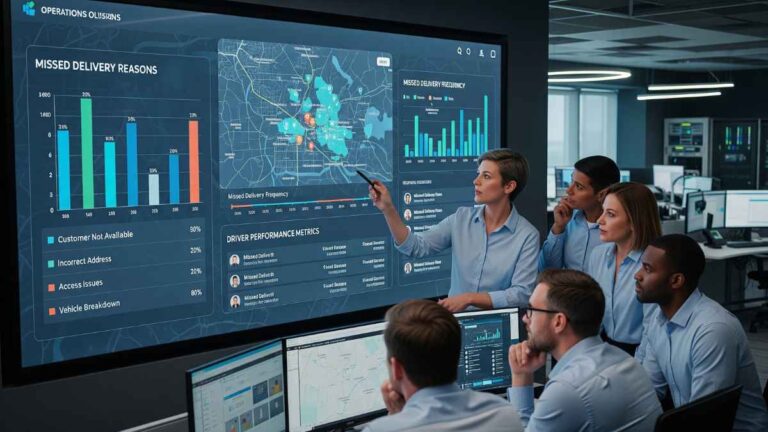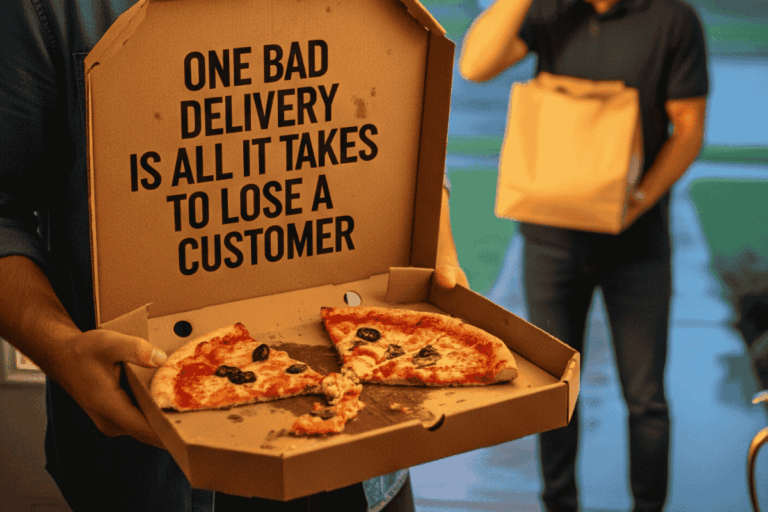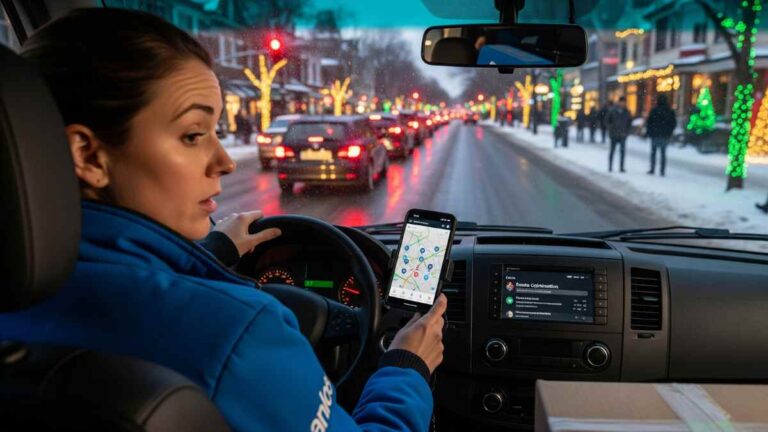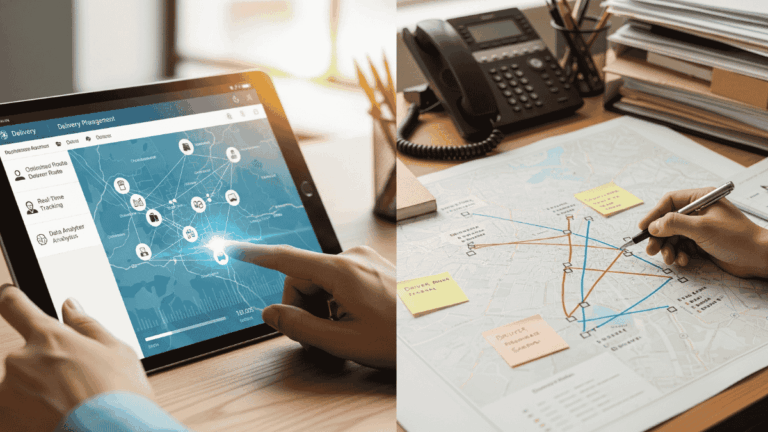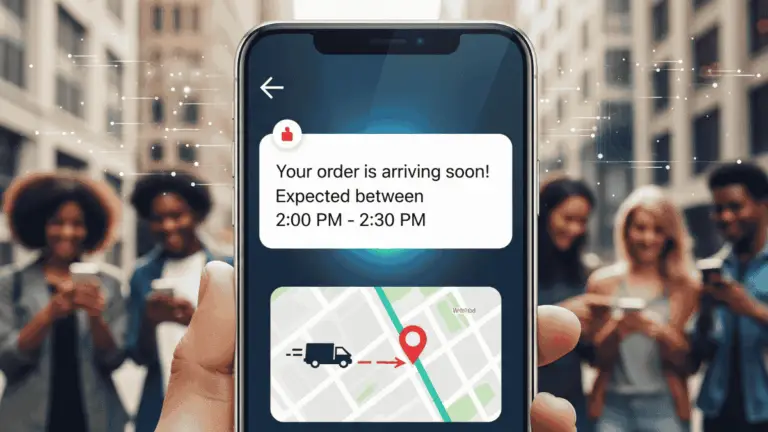At a traffic light, red means stop and green means go. And it’s been that way for more than a century. However, transportation engineers at North Carolina State University are proposing a fourth, white traffic light.
The fourth addition would enable autonomous vehicles (AVs) to ease traffic congestion – and let human drivers know what’s going on and what to expect when they find themselves behind a self-driving car.
The ‘white phase’ traffic light
The authors of the research paper – titled ‘White Phase Intersection Control Through Distributed Coordination: A Mobile Controller Paradigm in a Mixed Traffic Stream’ – say the fourth light could even improve travel times and reduce fuel consumption.
Ali Hajbabaie, co-author and associate professor at NC State, says the white phase concept “taps into the computing power of autonomous vehicles themselves.”
The research team initially proposed the concept in 2020. At the time, they applied the methodology to an isolated intersection. The results showed that the ‘white phase’ solution reduced average travel delays by 16% to 37%.
The ‘mobile control paradigm’
Hajbabaie says the idea of AVs controlling traffic flow “is a relatively new idea, called the mobile control paradigm.” He says while it can coordinate traffic “in any scenarios involving AVs,” it’s important to bring human drivers up to speed as well.
This is what a fourth white would do: “It tells human drivers what’s going on, so that they know what they are supposed to do as they approach the intersection.”
How does it work? Keep in mind that AVs can communicate with each other, but also with computer-controlled traffic lights. When enough AVs are approaching the intersection, their arrival would activate the white light.
It tells human drivers that the AVs are coordinating their movements to enter and exit the intersection more efficiently. All other traffic rules apply, and human drivers would simply need to follow the vehicle in front of them.
From theory to practice
Using microscopic traffic simulators (powerful computational models designed to replicate real-world traffic,) the researchers compared traffic behavior via data collected from intersections with and without the white phase.
They also paid attention to how the number of AVs approaching an intersection influenced traffic behavior.
Key findings:
- The white phase reduces the total delay by 3% to 94%.
- The proposed technique yields reductions in total delay, ranging from 40.2% to 98.9%.
While these results are promising, it’s not going to be a quick rollout. It will likely take years before we get a fourth traffic light, since most AVs are not ready to adopt the concept just yet. The cost of installing brand new traffic lights is another hurdle governments need to overcome.
A possible solution? Since commercial fleets are more likely to introduce large numbers of AVs, Hajbabaie suggests testing pilot programs at “ports with high volumes of commercial vehicle traffic.”
In the interim, the research team’s results point to the need for governments to incorporate AV technology into how they manage traffic flow and design roads. It also highlights how, in the age of self-driving, even the humble traffic light will need a major makeover.
The AV era is here, and it’s not just about EV charging challenges anymore.
Cover image: Canva stock photo edited for illustration purposes.
About the author
Cheryl has contributed to various international publications, with a fervor for data and technology. She explores the intersection of emerging tech trends with logistics, focusing on how digital innovations are reshaping industries on a global scale. When she's not dissecting the latest developments in AI-driven innovation and digital solutions, Cheryl can be found gaming, kickboxing, or navigating the novel niches of consumer gadgetry.

